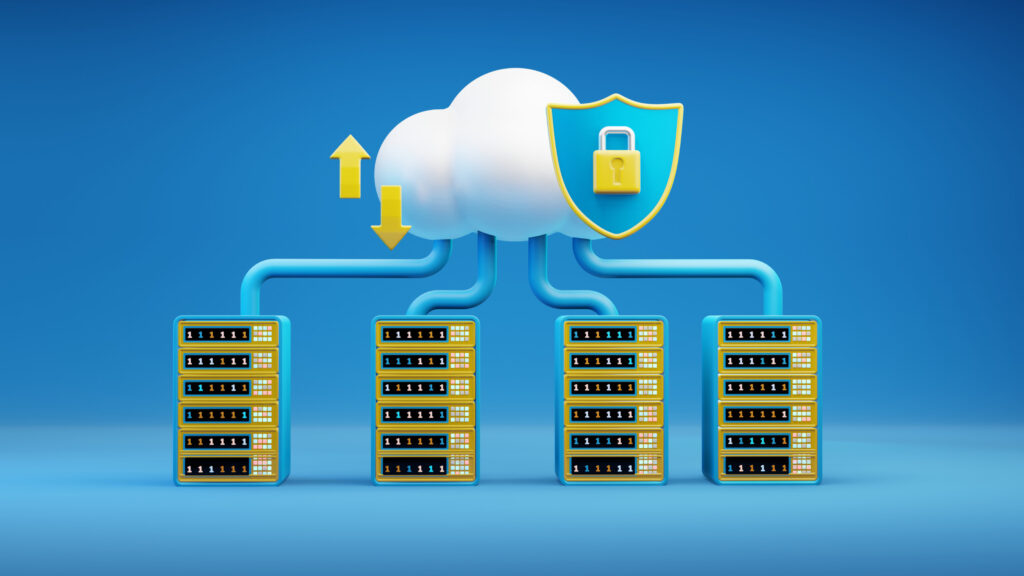In today’s interconnected world, IoT devices are becoming an essential part of businesses, homes, and industries. From smart thermostats to industrial sensors, these devices collect, transmit, and act on critical data. Remote management of these devices is often necessary for maintenance, updates, and monitoring. One of the most efficient methods for remote management is using SSH (Secure Shell), which provides secure encrypted access to devices over a network. However, remotely ssh iot devices can present significant security challenges if not properly managed. This article explores the best practices for safely and efficiently accessing IoT devices via SSH.
Understanding SSH and Its Importance for IoT
SSH is a cryptographic network protocol designed to provide secure communication over an unsecured network. For IoT devices, SSH allows administrators and developers to execute commands, transfer files, and troubleshoot remotely. The importance of SSH for IoT lies in its ability to maintain confidentiality, integrity, and authentication, which are critical for devices that often operate in environments exposed to cyber threats.
IoT devices are often deployed in remote or difficult-to-access locations, making physical access impractical. Remotely ssh iot devices ensures continuous monitoring and maintenance without requiring onsite personnel. However, unsecured SSH access can expose devices to unauthorized access, data breaches, and control hijacking. Implementing best practices is essential to reduce these risks.
Using Strong Authentication Mechanisms
The first step in securing SSH access to IoT devices is to use strong authentication mechanisms. Password-based authentication is convenient but vulnerable to brute-force attacks, especially when default passwords are not changed. Using key-based authentication significantly improves security. SSH keys, which consist of a public and private key pair, provide a much stronger authentication method because private keys are never transmitted over the network.
For IoT devices, generating unique key pairs for each device or administrator is recommended. Avoid sharing keys among multiple devices or users. Additionally, consider using passphrases for private keys to add an extra layer of security. Hardware security modules (HSMs) or secure elements can also store private keys safely on devices with limited computational resources.
Enforcing Access Control and User Management
Proper access control is critical when remotely ssh iot devices. Only authorized personnel should have SSH access, and their permissions should be limited according to their role. Implementing the principle of least privilege ensures that users only have access to the commands and resources necessary for their tasks.
User accounts should be regularly reviewed and removed when no longer needed. Multi-factor authentication (MFA) can further enhance security by requiring additional verification beyond SSH keys or passwords. For large IoT deployments, consider integrating SSH access with centralized identity management systems to simplify user management and enforce consistent policies across all devices.
Keeping Software and Firmware Up-to-Date
Outdated software and firmware on IoT devices can create vulnerabilities that attackers may exploit. Remotely ssh iot devices allows administrators to update system packages and apply patches efficiently. Regularly monitoring for firmware updates from device manufacturers and security patches for SSH server software is essential.
Automating the update process can reduce the risk of human error and ensure that devices remain secure. However, updates should be tested in controlled environments before deployment to avoid unexpected failures, which can be particularly disruptive for critical IoT systems.
Configuring SSH Securely
Proper SSH configuration is one of the most effective ways to secure remote access to IoT devices. Start by disabling root login via SSH, forcing users to log in with individual accounts. This provides an audit trail of user activity and limits the damage that a compromised account can cause.
Changing the default SSH port can reduce exposure to automated attacks, though it should not be relied upon as the sole security measure. Limiting the number of simultaneous connections and enabling connection rate limits can prevent brute-force attacks. Enabling logging and monitoring of SSH access attempts helps detect suspicious behavior early, allowing administrators to respond proactively.
Using Network Security Measures
SSH provides encryption, but network-level security measures further enhance the protection of IoT devices. Deploying devices behind firewalls or VPNs restricts access to authorized networks only. This approach ensures that only devices and administrators within a trusted network can attempt remotely ssh iot devices.
For large-scale deployments, segmenting networks to isolate IoT devices from sensitive corporate systems reduces the potential impact of a compromise. Network monitoring tools can alert administrators to unusual traffic patterns or repeated failed login attempts, providing an additional layer of defense.
Implementing Fail-Safe and Backup Mechanisms
IoT devices often perform critical functions, so maintaining access reliability is essential. Implementing fail-safe mechanisms ensures that devices remain operational even if SSH access fails. This can include secondary access methods, automated recovery scripts, or out-of-band management interfaces.
Regular backups of device configurations, logs, and SSH keys are crucial. In the event of a device failure, compromise, or accidental misconfiguration, administrators can restore functionality quickly and minimize downtime. Backup procedures should be secure and encrypted, ensuring that sensitive information is not exposed.
Educating Users and Administrators
Human error remains one of the most significant risks in cybersecurity. Providing training and clear guidelines for administrators who remotely ssh iot devices is essential. This includes recognizing phishing attempts, securely storing private keys, and understanding the importance of access control and configuration management.
Documenting standard operating procedures for remote access helps ensure consistency and reduces the likelihood of insecure practices. Encouraging a culture of security awareness among staff who manage IoT devices strengthens the overall security posture of the network.
Monitoring and Auditing Access
Continuous monitoring and auditing are key to maintaining secure SSH access. Logging all SSH sessions, including commands executed and timestamps, provides accountability and helps detect suspicious activity. For large deployments, using centralized logging solutions can simplify auditing and reporting.
Regularly reviewing logs and conducting security audits ensures compliance with internal policies and external regulations. Automated alert systems can notify administrators of unusual login patterns or repeated failed attempts, allowing immediate investigation and mitigation.
Leveraging Advanced Security Tools
For enterprises managing numerous IoT devices, advanced security tools can improve SSH security. Tools such as intrusion detection systems (IDS), endpoint protection, and automated vulnerability scanners can identify potential weaknesses in IoT devices and the networks they connect to.
Incorporating tools that support SSH session recording, key rotation, and policy enforcement enhances control and reduces the risk of unauthorized access. For critical devices, consider implementing zero-trust architecture principles, which assume that all connections may be compromised and require verification before granting access.
Conclusion
Remotely ssh iot devices is a powerful method for managing and maintaining IoT deployments, but it requires careful planning and security-conscious practices. By implementing strong authentication, strict access control, up-to-date software, secure configuration, network protection, fail-safe mechanisms, user education, continuous monitoring, and advanced security tools, organizations can significantly reduce the risk of compromise. As IoT continues to expand across industries, following these best practices ensures that devices remain secure, reliable, and resilient in the face of evolving cyber threats.
Careful attention to these guidelines not only protects the devices themselves but also safeguards sensitive data, prevents unauthorized control, and ensures uninterrupted operation of critical systems. The combination of technical measures and organizational policies creates a robust framework for securely managing IoT devices remotely.


